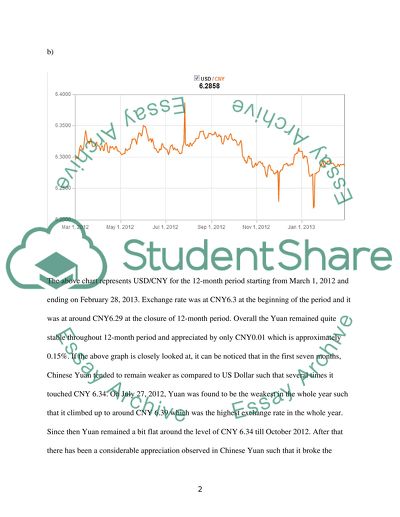Cite this document
(International Financial Management: Movements of Chinese Yuan against Assignment, n.d.)
International Financial Management: Movements of Chinese Yuan against Assignment. Retrieved from https://studentshare.org/finance-accounting/1616957-international-financial-management
International Financial Management: Movements of Chinese Yuan against Assignment. Retrieved from https://studentshare.org/finance-accounting/1616957-international-financial-management
(International Financial Management: Movements of Chinese Yuan Against Assignment)
International Financial Management: Movements of Chinese Yuan Against Assignment. https://studentshare.org/finance-accounting/1616957-international-financial-management.
International Financial Management: Movements of Chinese Yuan Against Assignment. https://studentshare.org/finance-accounting/1616957-international-financial-management.
“International Financial Management: Movements of Chinese Yuan Against Assignment”, n.d. https://studentshare.org/finance-accounting/1616957-international-financial-management.


